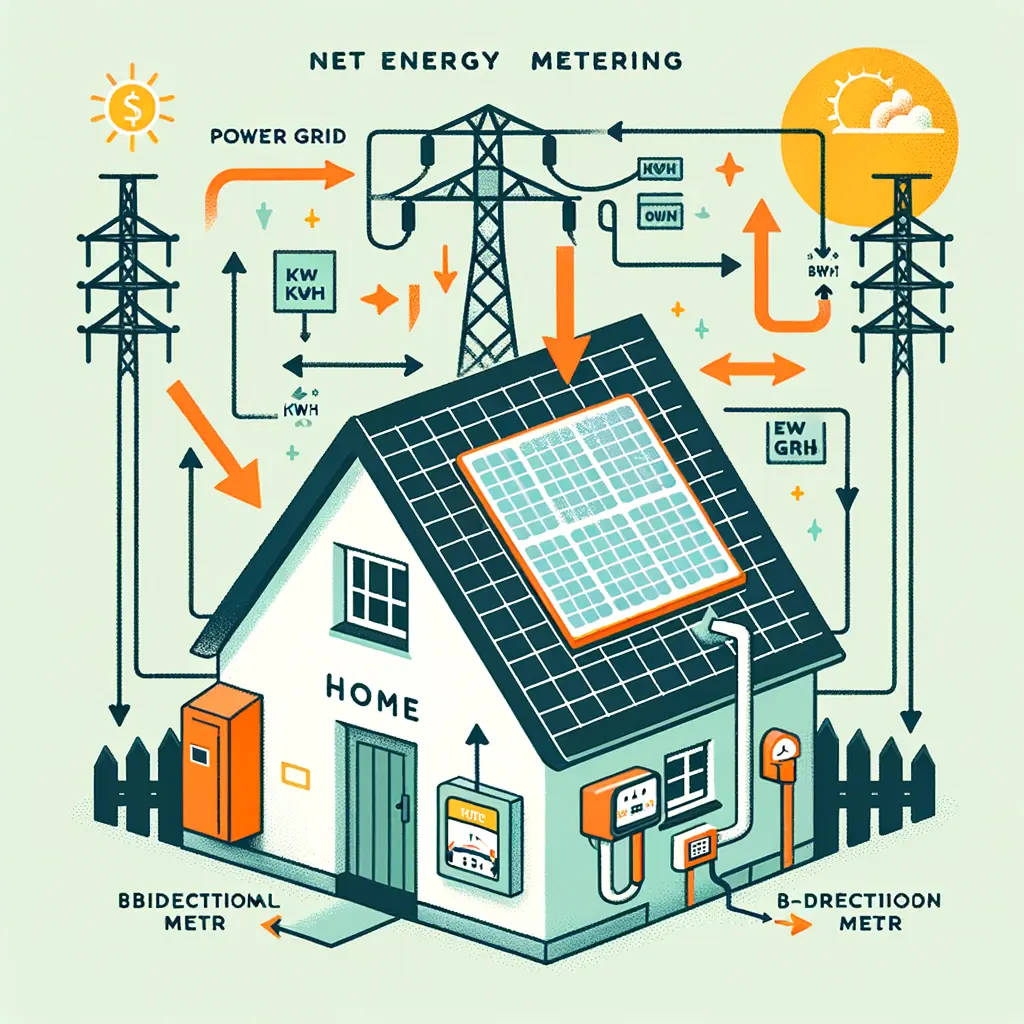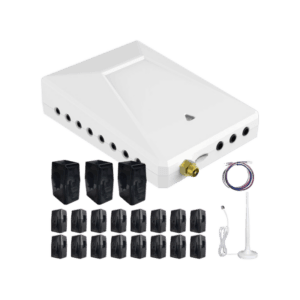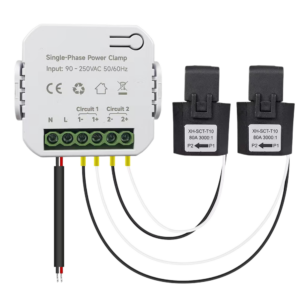In the quest for sustainable living and reduction of carbon footprints, solar energy emerges as a beacon of hope. Among the various incentives and mechanisms designed to promote the adoption of solar energy, Net Energy Metering (NEM) stands out as a pivotal strategy. This blog dives into the essence of NEM, exploring its mechanism, benefits, and the intricacies of its application across the United States, shedding light on how it transforms solar energy into not just a renewable resource but a financially beneficial asset for homeowners.
Understanding Net Energy Metering

At its core, Net Energy Metering is a billing arrangement that allows homeowners with solar photovoltaic (PV) systems to receive credit for the surplus energy they generate and feed back into the grid. This system aims to balance out the energy consumed from the grid during periods of low solar production (e.g., at night or during cloudy days) with the excess energy generated during sunny periods. Essentially, NEM turns each home into a small power plant, contributing to the energy grid while enabling homeowners to offset their energy costs.
The Mechanism of Net Energy Metering
The concept of NEM is elegantly simple yet profoundly impactful. When a solar PV system produces more electricity than the home uses, the excess is sent back to the grid. The utility company then credits the homeowner's account for this contributed electricity. These credits can be used to draw power from the grid at no additional cost when the solar system's production does not meet the home's energy demand. This process is facilitated by a bi-directional meter installed by the utility company, capable of tracking both the energy consumed from the grid and the energy fed into it.
Net Energy Metering Across the United States
NEM's adoption is widespread across the United States, with over 41 states, along with Washington D.C., having mandatory net metering policies, and utilities in two additional states voluntarily offering similar programs. These policies, however, are not uniform and can vary significantly from one state to another, affecting the way solar energy is incentivized and the financial benefits to homeowners. Despite these differences, the foundational goal of NEM—to encourage the adoption of solar energy by making it more economically viable—remains constant.
| State | NEM Policy | Credit Roll Over | Expiry of Credits |
|---|---|---|---|
| CA | Full Retail | Yearly | End of Year |
| AZ | Avoided Cost | Monthly | Immediate |
| NY | Full Retail | Monthly | End of Year |
| TX | None | N/A | N/A |
Table notes: This table compares the different NEM policies by state, how the credits roll over, and when they expire.
Financial Implications of Net Energy Metering for Homeowners
One of the most attractive aspects of NEM is its potential to reduce, if not eliminate, electricity bills. While homeowners do not receive cash payments for the excess energy they produce, the credits earned can significantly offset the cost of electricity drawn from the grid. It's important to note that the handling of overproduction credits varies by state. Some states allow credits to roll over indefinitely, providing a buffer against future consumption, while others may reduce unused credits annually. This variability underscores the importance of understanding local NEM policies when considering solar installation.
| Year | Energy Costs Without Solar | Energy Costs With Solar | Net Savings |
|---|---|---|---|
| 1 | $1,200 | $200 | $1,000 |
| 5 | $6,000 | $1,000 | $5,000 |
| 10 | $12,000 | $2,000 | $10,000 |
Table notes: This table provides a simplified cost-benefit analysis showing the potential net savings for a homeowner over a period of 1, 5, and 10 years.
Seasonal Energy Production and Consumption
The interplay between seasonal variations in solar energy production and household energy consumption highlights the value of NEM. Typically, solar systems generate more electricity during the summer months when the sun's rays are most direct. Conversely, energy consumption tends to increase during winter, necessitating reliance on the grid. NEM accounts for these fluctuations by allowing homeowners to bank excess energy credits in the summer, which can then be used to offset higher grid consumption in the winter. This cyclical balance ensures that, over the course of a year, a well-sized solar system can effectively meet a home's energy needs.
The Operational Dynamics of Net Energy Metering
Net Energy Metering operates on a simple give-and-take principle that's beneficial for both the homeowner and the utility grid. During peak sun hours, often in the afternoon, solar systems might generate more electricity than the household can use. This surplus energy is fed back into the grid, turning the meter backwards and accruing credits in favor of the homeowner. Conversely, during early mornings, evenings, or overcast days when solar production is low, the household draws electricity from the grid. This interplay allows homeowners to effectively use the grid as a giant battery, storing their surplus energy in the form of credits for later use.
This dynamic not only supports individual households in managing their energy needs but also contributes to the grid's overall stability. By providing excess energy during peak production times, solar households can help reduce the load on the grid during high-demand periods, contributing to energy security and sustainability.
The Economic and Environmental Benefits of NEM
The benefits of Net Energy Metering extend beyond the individual homeowner to impact broader economic and environmental objectives. Economically, NEM enables significant savings on electricity bills over the lifetime of a solar system. For many, the prospect of reducing or entirely offsetting monthly energy costs is a compelling reason to invest in solar technology. Environmentally, by incentivizing the adoption of solar energy, NEM plays a crucial role in reducing reliance on fossil fuels, decreasing greenhouse gas emissions, and promoting a more sustainable energy future.
Moreover, NEM reduces the need for homeowners to invest in expensive battery storage systems for excess energy. By using the grid as a virtual battery, homeowners can enjoy the benefits of solar energy without the substantial upfront cost and maintenance of physical storage solutions. This aspect of NEM is particularly appealing, making solar energy more accessible and financially viable for a broader segment of the population.
Net Energy Metering's Role in the U.S. Solar Energy Boom
The widespread adoption of Net Energy Metering policies across the United States has been a significant factor in the solar energy boom. By offering a financial incentive for homeowners to install solar panels, NEM has helped accelerate the transition to renewable energy sources. The growth in residential solar installations not only contributes to the nation's energy independence but also supports job creation in the renewable energy sector, underscoring the multifaceted benefits of NEM.
As technology advances and the cost of solar installations continues to decrease, the role of NEM in promoting solar energy becomes even more crucial. Policies that support the economic viability of solar energy ensure that more households can participate in and benefit from the renewable energy transition, marking an essential step towards achieving national and global sustainability goals.
Future Prospects and Evolution of Net Energy Metering
As we look towards the future, the evolution of Net Energy Metering is inevitable, shaped by technological advancements, policy shifts, and the changing dynamics of the energy market. The integration of smart grid technologies, for example, could further enhance the efficiency and benefits of NEM by enabling more precise management and compensation for distributed energy resources. Additionally, as the penetration of solar energy continues to grow, there may be a need for updated policies that ensure the sustainability of NEM programs and address the concerns of all stakeholders involved.
Balancing the Grid and the Role of Energy Storage
Another critical consideration for the future of NEM involves the balancing of the electrical grid. As more homes and businesses generate their own solar power, the role of energy storage becomes increasingly important. Advanced battery technologies could complement NEM by storing excess solar energy for use during peak demand times, reducing reliance on the grid and enhancing energy security. This synergy between NEM and energy storage solutions represents a promising avenue for creating a more resilient and sustainable energy system.
Enhancing Equity and Accessibility
Ensuring that the benefits of NEM and solar energy are accessible to a broad range of communities is also essential. Innovations in financing models, such as community solar programs or solar leasing options, can help overcome the upfront cost barriers associated with solar installations, making it possible for more households to participate in NEM. By enhancing the equity and accessibility of solar energy, NEM can play a pivotal role in driving a more inclusive energy transition.
Global Perspectives on Net Energy Metering
While this discussion has focused primarily on the United States, it's worth noting that NEM policies are being adopted and adapted worldwide. Different countries and regions are exploring NEM as a tool to encourage renewable energy adoption, each with unique policy frameworks reflecting their specific energy landscapes and sustainability goals. The global exchange of knowledge and experiences with NEM can provide valuable insights for optimizing these programs and maximizing their benefits across diverse contexts.
Challenges and Considerations
Despite its many benefits, Net Energy Metering faces challenges and criticisms. One concern is the fairness of NEM policies, as non-solar customers may bear a greater share of the costs associated with grid maintenance and infrastructure. Critics argue that this could lead to increased utility rates for those without solar installations, raising questions about the equitable distribution of energy costs.
Additionally, the success of NEM depends on continued support from government policies and utility companies. Changes in regulations or reductions in incentives could impact the financial benefits of solar installations for homeowners. As such, the future of NEM is not without uncertainties, and ongoing dialogue among stakeholders is essential to address these challenges and ensure that NEM policies remain fair and effective for all parties involved.
Net Energy Metering stands as a cornerstone of the renewable energy landscape, offering a practical and beneficial mechanism for integrating solar energy into homes across the United States. By facilitating a symbiotic relationship between solar producers and the electrical grid, NEM not only empowers homeowners to reduce their energy bills and environmental footprint but also contributes to the broader goals of energy sustainability and independence. Despite the challenges it faces, the continued evolution and support of Net Energy Metering policies are vital for harnessing the full potential of solar energy, marking a critical step forward in the journey towards a cleaner, more sustainable energy future.




